I recently received a response to my post Be An Artist from someone and they brought up some great points about having a “learned eye” instead of a gifted eye towards art and I wanted to share what they wrote (with their permission of course) and a few thoughts I had on the points raised.
Here is their response…“Great artist and great photographers have a natural eye. They can look at a scene or paint a scene that uses the rule of thirds, or any of the other elements of composition without ever knowing them. If it is just natural in the way they look at the world. Others, have to a learned eye. They are not born with the ability to know what makes a good piece of art and spend years trying to emulate the people with the natural eye. What then happens to the people with a learned eye is that they are never sure if their art is good enough. They look at a photo, maybe they’ve tried something new, and they are not sure whether it works or not. With questions like “is this a cool photo or trash?” and not really knowing the answer. Therefore the learned eye sticks with what is known and is fearful of venturing into creativity. Maybe not fearful of trying things creative but fearful of showing others their creative attempts. “
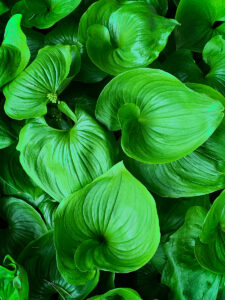 This response really stopped me and gave me pause for thought and I was very welcoming that someone offered their own unique perspective on being an artist and whether it comes naturally or they have to develop a learned eye. I think that there is some truth to the fact that for some folks art and creativity comes more naturally, while with others, it might take more work and practice to develop their artistry. My original premise of “everyone can be an artist” still holds true, it just might take more work for some versus others. I think we as a species have an innate creativity in us and it just takes different forms in different folks. Consider the act of problem solving…that is something in our species that is special and in order to solve problems, we often have to come up with creative solutions. So at our core, we have creativity in us. Now, the trick comes with applying that creativity to more artistic endeavors. This is where I think the above author hit the nail on the head, to some it comes more naturally than others.
This response really stopped me and gave me pause for thought and I was very welcoming that someone offered their own unique perspective on being an artist and whether it comes naturally or they have to develop a learned eye. I think that there is some truth to the fact that for some folks art and creativity comes more naturally, while with others, it might take more work and practice to develop their artistry. My original premise of “everyone can be an artist” still holds true, it just might take more work for some versus others. I think we as a species have an innate creativity in us and it just takes different forms in different folks. Consider the act of problem solving…that is something in our species that is special and in order to solve problems, we often have to come up with creative solutions. So at our core, we have creativity in us. Now, the trick comes with applying that creativity to more artistic endeavors. This is where I think the above author hit the nail on the head, to some it comes more naturally than others.
One line that struck me in the above is talking about knowing if a photo works or not and not knowing the answer. I can understand the point and think it’s quite good. I remember back to when I first started serious photography and can recall not knowing if my work was good or bad. I’m sure my experience is not the same as intended, but there is enough that I can relate to the comment. One of my counters to this is that through experience and trial and error that it’s possible to grow out of this phase of questioning the validity of your work. I think that a large part of this development comes in the form of experience, borne through practice. Lots of practice! If you so it enough, you will learn what works for you and what doesn’t and use that knowledge as a base to further grow your creativity and art. All of this comes in the form of self-confidence in your knowledge, skills and abilities as an artist. You start to develop preferences for what you like and don’t like to shoot, you develop technical styles that work for you and most of all, each photograph you take goes in to your memory bank as an experience that you can build off of. With a learned eye, or gifted eye, the process of practice and experience is largely the same on the path of creativity. Practice, practice, practice…accompanied by self-reflection and learnings from your experience. This all builds self-confidence which hopefully will give you the foundation to explore creativity further.
I especially liked the sentence that the “learned eye sticks with what is known and is fearful of venturing in to creativity”. I wholeheartedly agree with this and thought it was a wonderfully insightful comment. In all the workshops I do, I pick up on this from some people; they want to stick to what is known because they want their images to be “good” and “liked”. I think for all of us there is a natural fear of rejection, a fear of being in an uncomfortable place or just the fear of the unknown. Totally valid and worthy of acknowledgement! I’m right there with ya on that! So, how do we get past that fear so it doesn’t inhibit our artistic creativity or exploration of the world? The best way I know is to just do it. If you step out of your comfort zone and try something new, soon enough you will see there was nothing to fear from it. Or, it was a great learning experience. Or, simply you tried and it didn’t work and you don’t want to try it again. Nothing wrong with you, it’s just not a “good fit” for you and what you do. At least you got out there and tried it and that experience is now part of your memory bank and can be used to inform future decisions. If your desire to be creative, not “liked”, is high enough, I hope that that would push you past mental boundaries to explore what’s inside of you and translate that to your images, no matter if it is popular or “good”.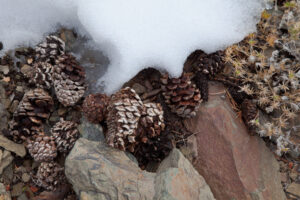
The one line I tell my workshop folks continually is that “you are the artist. If you like it, that’s all that matters”, trying to encourage them to explore their creativity. Art is a subjective thing and not everyone is going to like every piece. We all have preferences for what we like and our art will not appeal to all people all the time. Even if my work doesn’t appeal to people, and if that’s important to me, I use this as a learning experience. Ask questions from people you trust about their reactions to it, what works, what doesn’t, and then use that information to inform future art. I have a small group of trusted confidants that I share images with seeking honest feedback in order to learn how others see some of my more experimental work. Where do their eyes go, what is their feeling about it, etc. Because they are “trusted”, I know that their feedback comes from the place of genuine honesty and willingness to give me feedback that may be useful to me in growing my artistry. I don’t share all of my images with them, just ones that I have my own questions about.
To be honest, with as much experience as I have, I’m often surprised by images. I may not like a particular image, often because of some technical detail or self-imposed standard, but they prove to be quite likable by others. Or, ones that I question the validity of, prove to be well received by my inner circle. Even with experience and confidence, I still question if my images are good enough. For me, this is one of the things that drives me on. It makes me a continual learner and one who strives for constant improvement of my art. To me, this is what makes this a fun journey of growth and exploration through the photographic medium. In my eyes, I will never be done growing as an artist and I’m excited about that! Failure is part of life, and art, and I’ve learned to embrace efforts that fell short and use them as a learning experience instead of something to beat myself up with. Every data point I collect about my photographs and my views on art inform the next decision I make and I gradually build up a foundation of experience, knowledge and skill to satisfy my own artistic desires.
So back to the title of this post, a learned eye. I’ve been thinking for myself, do I have a learned eye or a natural eye. If I had to choose between the two to answer, I’d say I think I’ve been a bit blessed with a more natural eye than having to be a learned eye. I have instinctively responded more to shapes, patterns, textures, colors, moods, feelings, etc in my life and that natural inclination helps me “see” the world around me more creatively. However, this is a big however, that doesn’t mean that I haven’t spent considerable time developing a learned eye in regards to art and creativity. I have spent countless hours studying art and artists, practicing in the field, being very self-aware and self-critical when needed, all in the name of developing my art to where it is today. I think that whether you have a natural eye or a learned eye, we all have to practice and build a foundation of experience, to inform our art and give us the confidence to explore creatively. Some may have to work a bit harder than others, but each and every one of us has the capacity to be a great artist with our built-in creativity. So don’t be afraid to experiment and use each experience as learning opportunity to further your own creative journey.
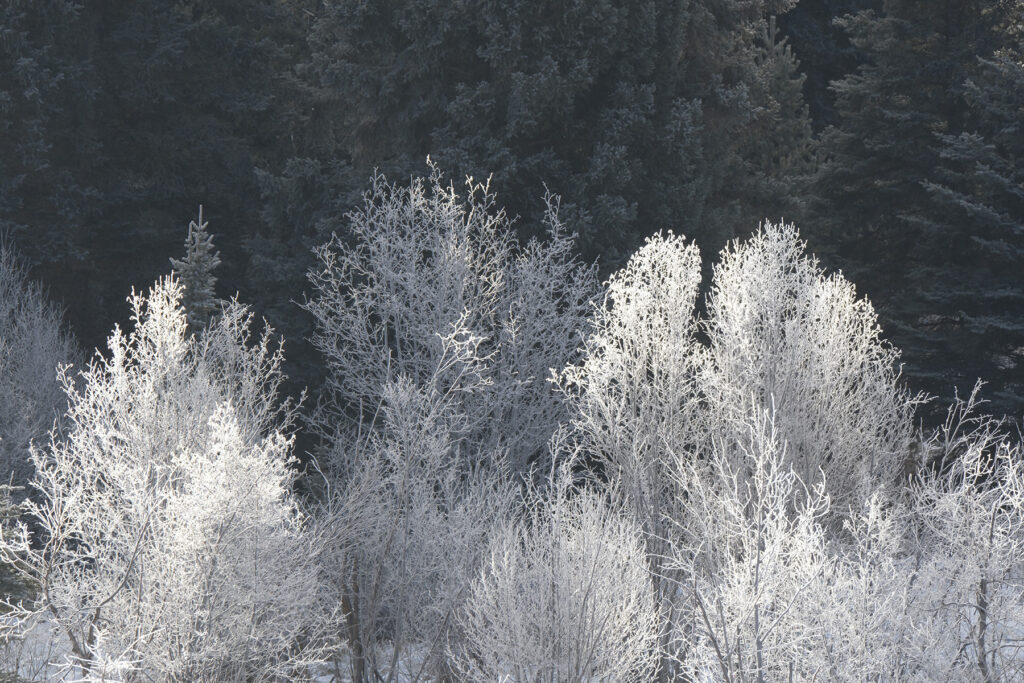


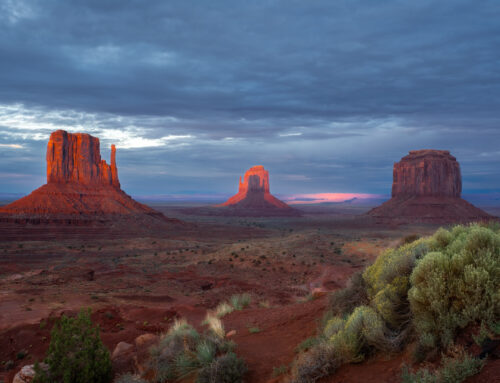
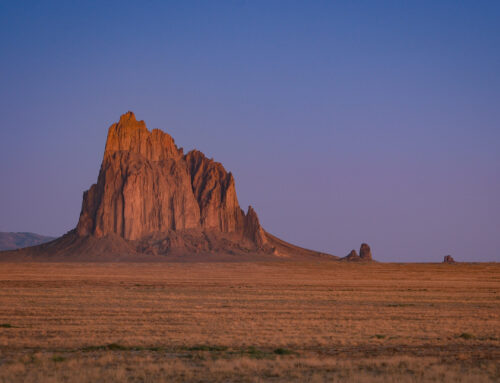
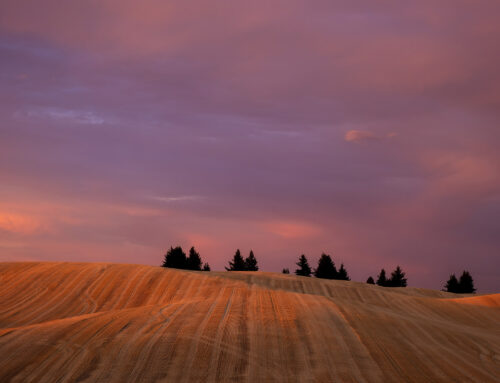
Leave A Comment